MARKET OVERVIEW:
Global Hollow Fiber Filter market is estimated to reach $1,347.2 Million by 2031; growing at a CAGR of 14.7% from 2024 to 2031.
Hollow fiber filters have emerged as a prominent subcategory within the filtration industry, offering advanced filtration solutions for a wide range of applications. Known for their efficiency and reliability, these filters are particularly well-suited for use in biotechnology, pharmaceuticals, food and beverages, water treatment, and chemical processing. The innovative design of hollow fiber filters, featuring a bundle of hollow fibers infused with semi-permeable membranes, allows for high surface area filtration and exceptional performance.
The Global Hollow Fiber Filter market is poised for significant growth in the coming years, driven by the increasing demand for high-quality filtration systems. Technological advancements are expected to enhance the efficiency and efficacy of hollow fiber filters, leading to innovations in membrane technology and meeting the evolving needs of various industries. Companies are investing in research and development to develop filters with improved performance, longer lifespan, and cost-effectiveness, which will further accelerate the adoption of hollow fiber filters across diverse applications. Strategic collaborations and partnerships will play a key role in driving market growth, enabling the development of innovative filtration solutions to meet the specific requirements of different industries and ensuring customer satisfaction.
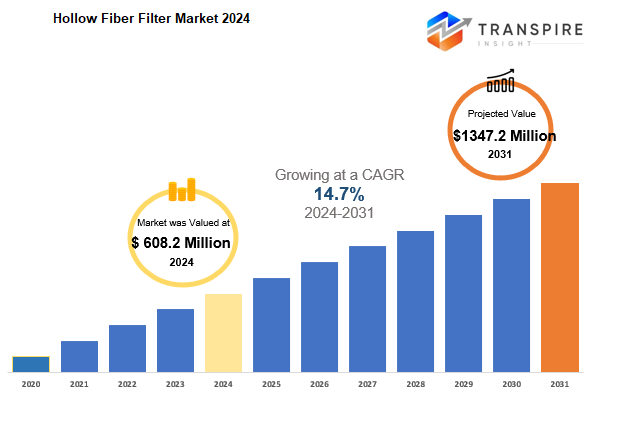
GROWTH FACTORS
The Global Hollow Fiber Filter market is experiencing growth in response to the escalating demand for clean water and effective wastewater treatment solutions. With increasing urbanization and industrial activities, there is a need for filtration systems that can ensure the delivery of safe and potable water. Hollow fiber filters, with their extensive surface area and efficient separation capabilities, are poised to play a crucial role in meeting these demands. Moreover, advancements in filtration technology are enhancing the efficiency of hollow fiber filters, making them indispensable for industries such as pharmaceuticals and food and beverage manufacturing, which have stringent filtration requirements.
Despite the benefits offered by hollow fiber filters, challenges such as high setup and maintenance costs, membrane fouling, and clogging persist. Addressing these challenges will be vital for the sustainable growth of the Global Hollow Fiber Filter market. However, opportunities for innovation and growth abound, particularly in the development of advanced, cost-effective, and anti-fouling filters. By focusing on enhancing efficiency, durability, and accessibility of hollow fiber filters, the market can overcome existing adoption barriers and tap into new market segments. In the face of increasing investments in research and development for next-generation filtration techniques, the market is poised to expand further and meet the evolving needs of various industries and environmental regulations.
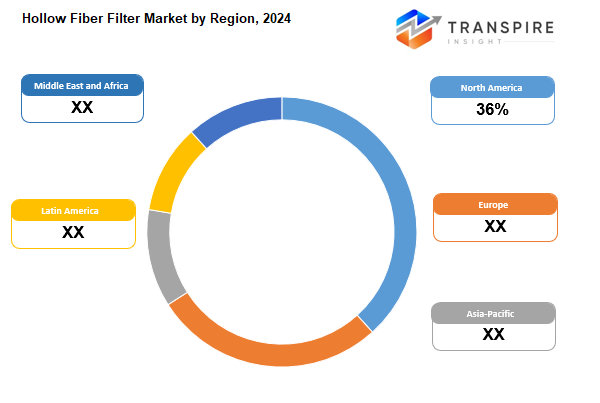
MARKET SEGMENTATION
By Type
The Global Hollow Fiber Filter market is poised for significant growth in the coming years, driven by the high efficiency and versatility of these filters. The market is segmented into different types including Polysulfone, Mixed Cellulose Ester, Polyvinylidene Difluoride, Polyethersulfone, and others. Each type offers unique properties that cater to various industry needs, leading to diverse prospects for their application.
Polysulfone filters are valued for their high temperature and chemical resistance, making them ideal for industries requiring robust filtration solutions. Meanwhile, Mixed Cellulose Ester filters are gaining traction in laboratory and medical settings due to their precise filtration capabilities. Similarly, PVDF filters are sought after for their chemical resistance and mechanical strength, particularly in aggressive environments and industrial processes. PES filters, on the other hand, offer high flow rates and broad chemical compatibility, making them essential for biotechnology and food and beverage industries. The continuous advancements in these sectors are expected to drive the demand for these filters and fuel market growth in the future.
By Process
The Global Hollow Fiber Filter market is poised for substantial growth in the upcoming years. Hollow fiber filters play a critical role in various industries due to their effectiveness and versatility. The market is segmented into single-use hollow fiber membranes and reusable hollow fiber membranes, each serving different needs and applications. Single-use membranes are becoming increasingly popular due to their convenience and hygiene advantages. These filters eliminate the risk of cross-contamination, which is crucial in industries like pharmaceuticals and biotechnology. As the demand for single-use membranes continues to rise with the growth of these sectors, their ready-to-use nature leads to cost savings and operational efficiency. On the other hand, reusable hollow fiber membranes are highly regarded for their cost-effectiveness and sustainability. These filters can be cleaned and reused multiple times, reducing waste and long-term costs. With industries shifting towards more sustainable practices, the demand for reusable membranes is expected to grow as companies seek ways to minimize their environmental impact.
By Technology
The Global Hollow Fiber Filter market is expected to witness substantial growth in the upcoming years as the world increasingly focuses on sustainability and efficiency. Hollow fiber filter technology is becoming more popular due to its superior performance across various applications, from water treatment to biopharmaceutical processes. As industries embrace new innovations, the demand for hollow fiber filters is projected to rise, driving the overall market growth.
Technological advancements, particularly in microfiltration and ultrafiltration, are key drivers of growth in the Global Hollow Fiber Filter market. Microfiltration technology is crucial for removing particles and microorganisms from fluids, ensuring the production of high-quality water that meets strict safety standards. Similarly, ultrafiltration is highly efficient in filtering out suspended solids, bacteria, and viruses, making it valuable for industries like biopharmaceuticals that require high purity and sterility. These advancements, along with the emergence of other filtration technologies like nanofiltration and reverse osmosis, are enhancing the efficiency and effectiveness of filtration systems, catering to diverse market needs.
In the future, the growth of the Global Hollow Fiber Filter market will be driven by continuous research and development efforts. Companies are expected to invest significantly in R&D to develop innovative filtration solutions that address evolving challenges. This investment will lead to the creation of filters with improved performance characteristics, such as higher flow rates and longer operational life. The next generation of smart filters that can monitor and adjust filtration parameters in real time are anticipated to revolutionize filtration processes, reducing operational costs and advancing sustainability goals.
By Application
The Global Hollow Fiber Filter market is poised for significant growth and transformation in the near future. With their reputation for efficiency and versatility, hollow fiber filters are expected to play a crucial role across a wide range of applications. One key area of focus will be virus and viral vector filtration, particularly in the biopharmaceutical and gene therapy sectors. As the demand for advanced therapies continues to rise, these filters will be essential in maintaining the purity and safety of these products. The technology is anticipated to evolve to handle larger volumes and more complex substances, solidifying its importance in the healthcare industry.
Advancements in hollow fiber filter technology will also greatly benefit protein concentration and diafiltration processes. These processes are essential for producing high-quality protein-based therapeutics, and improved filters will enable faster processing times and higher yields. This will be particularly crucial as the global demand for these therapeutics increases due to factors such as an aging population and the rise in chronic diseases. Furthermore, the market for hollow fiber filters will see significant growth in cell culture harvest and clarification applications. The high purity and efficiency provided by these filters will be crucial for biopharmaceutical companies looking to meet strict regulatory standards and enhance product quality. Continued developments in filter design and materials are expected to further enhance their performance, making them indispensable in bioprocessing operations.
REGIONAL ANALYSIS
The global Hollow Fiber Filter market is currently witnessing significant growth in various regions, including North America, Europe, Asia-Pacific, South America, and the Middle East & Africa. In North America, countries like the United States, Canada, and Mexico are driving the market expansion, with a growing demand for advanced filtration systems in industries such as biotechnology and pharmaceuticals. Similarly, the European market is thriving, particularly in countries like the UK, Germany, France, and Italy, where a strong focus on research and development in healthcare and water treatment sectors is fueling market growth.
In the Asia-Pacific region, including India, China, Japan, and South Korea, the Hollow Fiber Filter market is experiencing rapid growth due to increasing industrialization and urbanization, leading to a higher demand for effective filtration solutions. South America, with key players like Brazil and Argentina, is also witnessing growth driven by the adoption of advanced filtration technologies in sectors such as food and beverage, healthcare, and water treatment. Meanwhile, the Middle East & Africa region, including the GCC countries, Egypt, and South Africa, is seeing growth in the market due to the rising need for clean water and improved healthcare facilities. Overall, advancements in technology and the increasing demand for high-quality filtration solutions are expected to drive the global Hollow Fiber Filter market's expansion across all regions, shaping a diverse and dynamic growth trajectory.
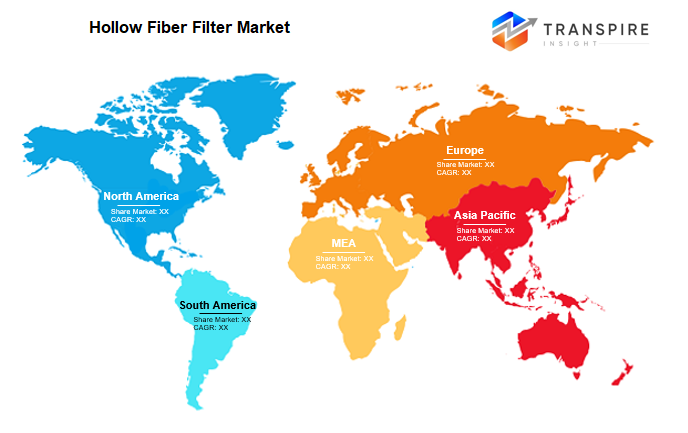
KEY INDUSTRY PLAYERS
The Global Hollow Fiber Filter market is poised for significant growth in the coming years, driven by the escalating demand from key end-user sectors such as pharmaceutical and biotech companies, contract manufacturing organizations, contract research organizations, and academic and research institutes. Hollow fiber filters play a crucial role in separation, purification, and concentration processes essential for the development and production of pharmaceutical and biotechnological products. Leading players in the industry including Asahi Kasei Corporation, Cytiva, and Sartorius Stedim Biotech S.A are expected to play a prominent role in shaping the market landscape.
Advancements in hollow fiber filter technology are set to revolutionize production processes for pharmaceutical and biotechnology companies, leading to increased efficiency, cost-effectiveness, and enhanced purity of the final products. These filters will also offer reliable and scalable solutions for large-scale biopharmaceutical production, catering to the needs of CMOs and CROs. Academic and research institutes will continue to explore new applications and innovations in hollow fiber filter technology, potentially leading to breakthroughs in medicine, environmental science, and industrial processes. The future of the global hollow fiber filter market looks promising, with a focus on technological advancements, rising demand for quality filtration solutions, and collaboration between industries and research institutions to drive innovation and sustainability in the market.
REPORT SCOPE AND SEGMENTATION
|
Attributes |
Details |
|
Market Size By 2031 |
USD 1347.2 Million |
|
Growth Rate |
CAGR of 14.7% |
|
Forecast period |
2024 - 2031 |
|
Report Pages |
250+ |
|
By Type |
|
|
By Process |
|
|
By Technology |
|
|
By Application |
|
|
By Region |
|
|
Key Market Players |
|



_page-000157.jpg)
_page-000159.jpg)
_page-000158.jpg)

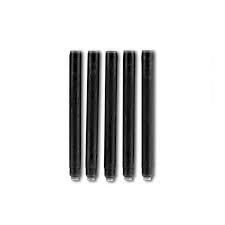
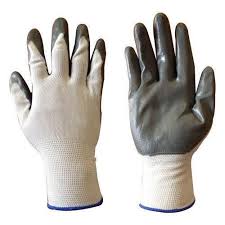
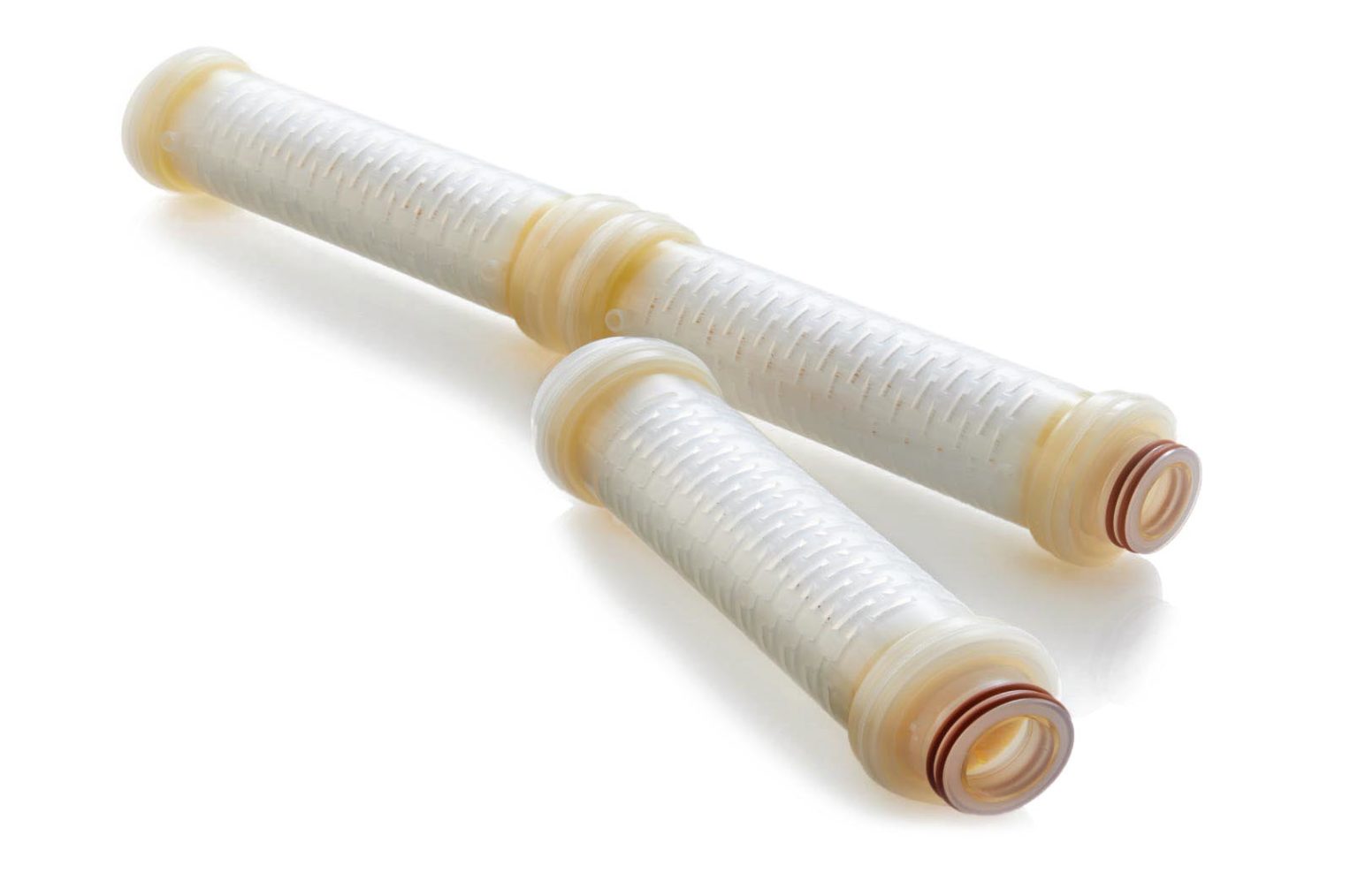


 APAC:+91 7666513636
APAC:+91 7666513636





